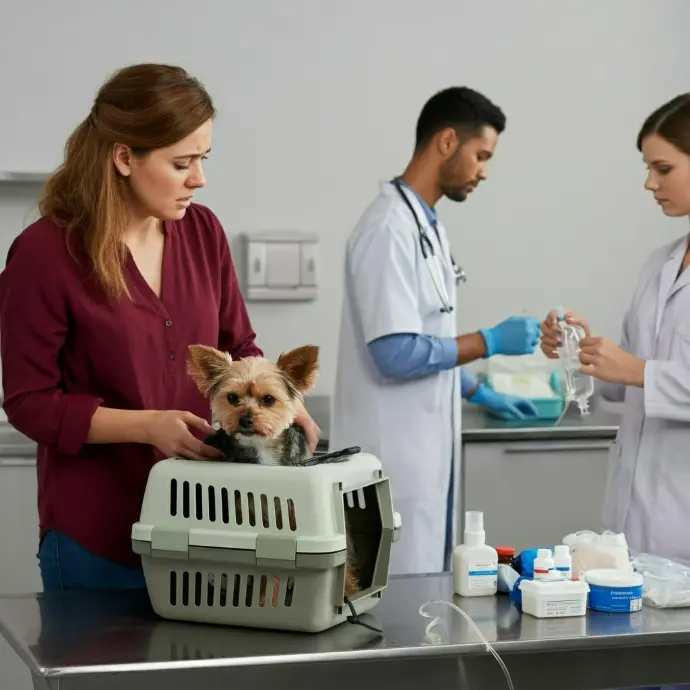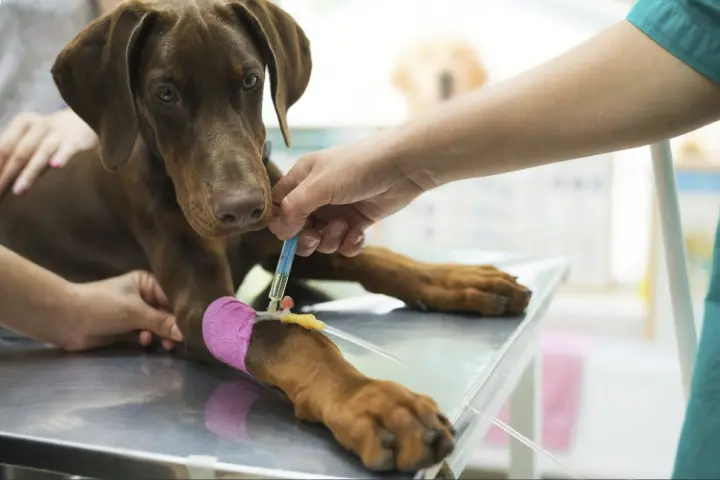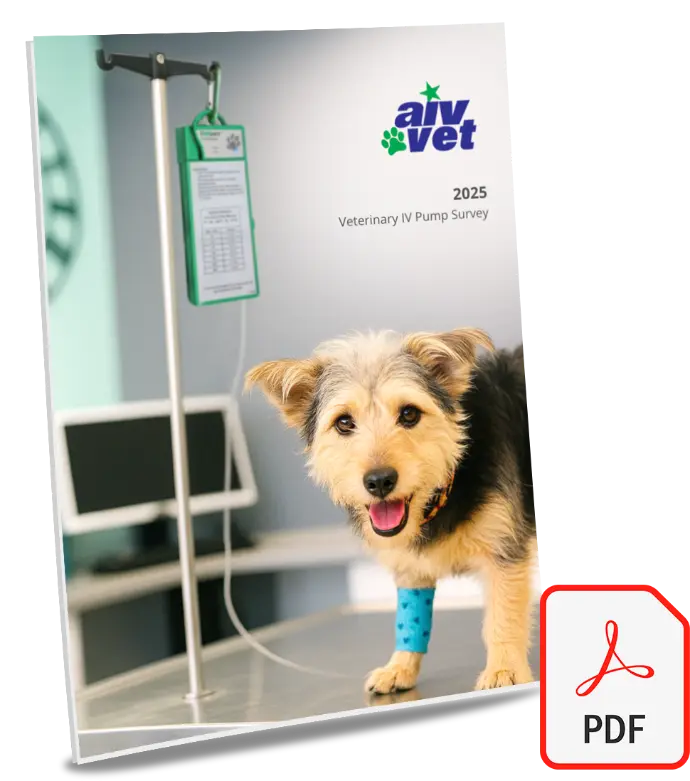When you're choosing one or a dozen fluid delivery instruments for your veterinary practice, you're investing in the clinical outcomes that define your reputation, the career you want to build, and your legacy. And if you're like most veterinary practices, that means serving companion animals who need the same level of precision and care that larger practices can take for granted.
Recent research shows that companion animal cases dominate veterinary practices, making up 89-90% of all cases. Which means there's a good chance that, unless you run a highly unique hybrid type practice, 100% of your patients are companion animals.
The large, large, large majority of companion animal care does not require the most cutting edge fluid delivery instrumentation.
A simple automatic syringe pump or reliable patient-ready CRI pump will have a swift return on investment, a sustained impact on revenue in your practice, and a clear impact on workload across clinic staff.
The daily workflow improvements you'll actually notice
Here's what changes when you stop manually calculating drip rates and second-guessing your fluid delivery. Instead of standing over IV bags adjusting flow rates every few minutes, your staff can focus on patient monitoring, client communication, and value-added services.
Think about the routine spay where you need consistent anesthetic support, or the dehydrated cat that needs precise fluid replacement. With reliable infusion equipment, you're eliminating the constant mental math and freeing up your team to handle more cases efficiently.
Our 2025 Veterinary IV Pump Survey found that 87% of respondents work primarily in companion animal practices, and they told us workflow challenges vary dramatically between routine procedures and critical care scenarios. The difference? Having equipment that handles the basics reliably so you can focus on the medicine.
Why equipment failures cost more than you think
Equipment breakdowns don't just mean repair bills - they mean disrupted schedules, stressed staff, and clients who notice when things aren't running smoothly. 81% of veterinarians in our survey acknowledged that equipment malfunctions negatively impact client satisfaction and clinic reputation.
But here's what reliable equipment actually delivers: 60% of respondents told us that patient volume spikes make fluid delivery management difficult with their current setup. When your pumps work consistently, those busy days become manageable instead of chaotic.
One vet from San Diego explained the difference: "Our patient volume is generally steady, but when emergency cases occur simultaneously, coordination becomes manageable. The digital alerts in our system help me quickly reassign devices to ensure that no treatment is delayed, keeping our workflow smooth without overwhelming the team."
That's the difference between scrambling and operating professionally during your busiest periods.

The math that makes sense for companion animal practices
94% of survey respondents said cost plays a critical role in their purchasing decisions, and for good reason. But here's where patient-ready refurbished equipment changes the equation entirely.
You get the reliability and precision you need without the premium price tag. When 89% of veterinarians value warranties and service agreements, you can get that same protection with refurbished equipment that's been thoroughly tested and certified. The upfront savings let you outfit your practice properly instead of making do with one or two units that get shared between rooms.
A practice owner from Phoenix put it simply: "A good service agreement can be the deciding factor when allocating budget. Having a clear warranty or service plan is very valuable in a practice that's open seven days a week."
The ROI is straightforward - consistent equipment means consistent workflow, which means you can schedule more procedures per day without the bottlenecks that unreliable equipment creates.
What your staff actually wants
97% of practices in our survey experience recurring issues with their current pumps. Sensor alarms, interface freezes, battery failures - the kinds of problems that make your team dread using certain equipment.
Your staff wants tools that work predictably. They want to set a flow rate and trust it'll stay consistent. They want pumps that don't require constant troubleshooting or workarounds. Most importantly, they want equipment that doesn't make them look unprofessional in front of worried pet owners.
With reliable CRI pumps handling the basics, your team can:
Complete routine procedures faster and with more confidence.
Handle multiple patients simultaneously without equipment coordination becoming a logistics nightmare.
Reduce the time spent on manual calculations and constant monitoring.
Focus on patient care instead of equipment management.
Work through busy periods without the stress of unreliable tools.
The practical benefits that add up
When your equipment works reliably, several things happen that directly impact your bottom line. Procedures run on schedule. Staff stress decreases. Clients see a practice that has its act together. You can book more cases per day because you're not building buffer time around equipment problems.
One vet from Las Vegas described the recurring frustrations: "Two machines repeatedly flag line occlusion or air-in-line alerts. Resetting them is manageable, though these disruptions add up over a packed workday."
Those disruptions don't just add up - they multiply. Every reset, every workaround, every "hold on while I fix this" conversation with a client chips away at your efficiency and professionalism.

Making the upgrade that fits your reality
Patient-ready refurbished equipment offers a practical path to reliable fluid delivery without the costs that make practice owners hesitate. You're not paying for features you don't need - you're getting dependable performance for the cases you actually see.
The practices succeeding in companion animal medicine aren't necessarily using the newest equipment - they're using equipment that works consistently for their patient load and case mix.
Get the data that guides better decisions
Want to see exactly how other companion animal practices are solving their equipment challenges? Download our complete 2025 Veterinary IV Pump Survey report. You'll discover the specific problems over 100 veterinary practices face with their current equipment, plus the practical factors they prioritize when making upgrades - insights that can help you make equipment decisions based on real-world experience instead of sales pitches.
The practices running efficient, profitable companion animal operations have figured out that reliable doesn't have to mean expensive. The question is whether you're ready to stop working around equipment problems and start working with equipment that supports your practice goals.
